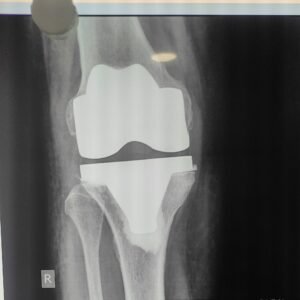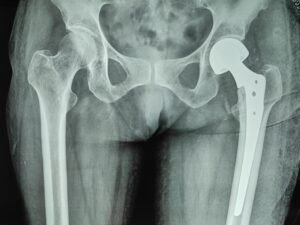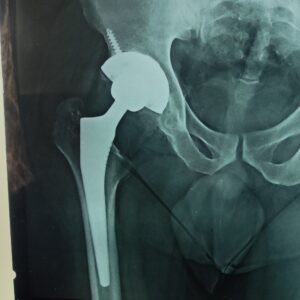Painful limitation of joint movement is the most common indication for Joint replacement surgery (Arthroplasty). With advancing age, there is degeneration of weight bearing joints like knee and hip joint, which warrants joint replacement to restore mobility and relieve pain. Let’s take a look at the commonly performed joint replacement surgeries.

1. Total Knee Replacement
It is the most common total joint replacement surgery performed worldwide. It is performed in a painful, deformed knee due to advanced osteoarthritis of knee, rheumatoid arthritis, post traumatic knee arthritis etc. Patient is allowed to walk immediately after surgery with excellent outcomes.

2. Partial Hip Replacement
It is commonly performed in elderly persons who have sustained a fracture of neck of femur. It is a shorter procedure compared to Total Hip Replacement with minimal blood loss. Depending on whether bone cement is used or not, patient can be allowed to walk immediately or 2 weeks after surgery.

3. Total Hip Replacement
It is performed when the Hip joint is painful and deformed due to osteoarthritis, rheumatoid arthritis, post traumatic arthritis, ankylosing spondylitis etc. It is also performed for fracture of neck of femur in people in their 50s and 60s who are physically more active. Patient can be allowed to bear weight immediately after surgery.